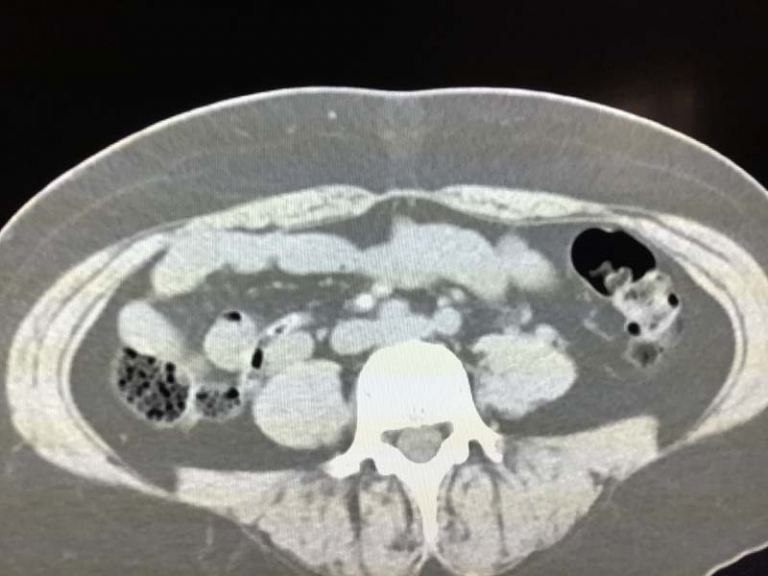Pseudoaneurysm On Ultrasound
Ultrasound imaging has revolutionized the field of medicine, offering non-invasive and cost-effective ways to diagnose and monitor various medical conditions. One such condition that can be effectively detected using ultrasound is a pseudoaneurysm. In this article, we will delve into the world of pseudoaneurysms, exploring how they appear on ultrasound, and why early detection is crucial for patient care.
What is a Pseudoaneurysm?
A pseudoaneurysm, often called a “false aneurysm,” is an abnormal swelling of a blood vessel. It differs from a true aneurysm, as it does not involve all three layers of the vessel wall. Pseudoaneurysms can occur for several reasons, including trauma, surgery, or inflammation. These weakened areas in the vessel can lead to blood leaking and accumulating outside the vessel wall.
Detecting Pseudoaneurysm on Ultrasound:
- Ultrasound Imaging Basics: To understand how pseudoaneurysms are detected, it’s essential to grasp the basics of ultrasound imaging. Ultrasound uses high-frequency sound waves to create images of structures inside the body.
- The Doppler Effect: A critical component of ultrasound is the Doppler effect. This effect allows us to visualize the movement of blood within vessels. By using color Doppler ultrasound, we can observe the flow patterns within blood vessels, helping us identify irregularities.
- Visualizing the Pseudoaneurysm: When it comes to detecting a pseudoaneurysm, ultrasound excels. A pseudoaneurysm typically appears as a pulsatile, swirling mass adjacent to the affected vessel. This distinctive appearance is a result of the turbulent blood flow within the pseudoaneurysm sac.
- Key Features:
- On ultrasound, pseudoaneurysms are often seen as anechoic (black) or hypoechoic (darker than the surrounding tissue) structures.
- They may have a characteristic “to-and-fro” waveform when using Doppler imaging.
- Pseudoaneurysms can vary in size and shape, making ultrasound a valuable tool for assessing their dimensions.
Importance of Early Detection:
- Risk of Rupture: Pseudoaneurysms carry the risk of rupture, which can lead to life-threatening bleeding. Early detection allows for timely intervention to prevent rupture.
- Minimally Invasive Treatment: When detected in its early stages, pseudoaneurysms can often be treated using minimally invasive techniques such as ultrasound-guided compression, thrombin injection, or endovascular stent placement.
- Improved Patient Outcomes: Early detection and prompt treatment lead to better patient outcomes, reducing the risk of complications and the need for extensive surgical procedures.
Conclusion:
Ultrasound imaging plays a crucial role in the early detection of pseudoaneurysms. By utilizing color Doppler ultrasound, healthcare professionals can identify the characteristic features of pseudoaneurysms, assess their size, and plan appropriate interventions.
Early detection is vital to prevent complications, reduce the risk of rupture, and improve patient outcomes. As technology continues to advance, ultrasound imaging remains a cornerstone in the diagnosis and management of vascular conditions, ensuring that patients receive the care they need.

